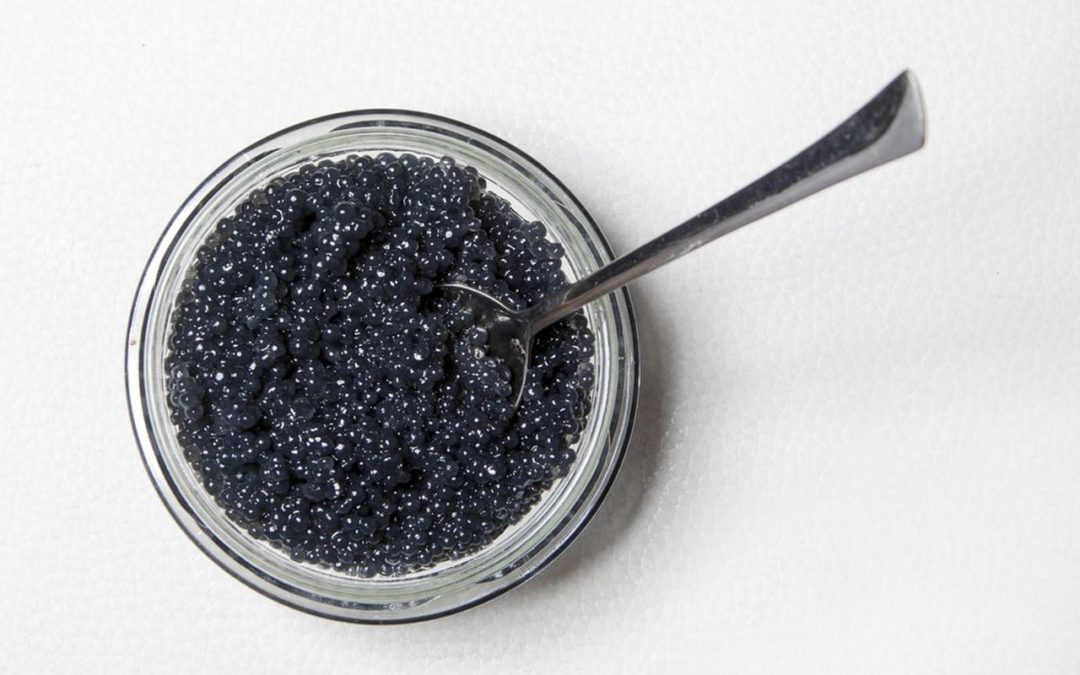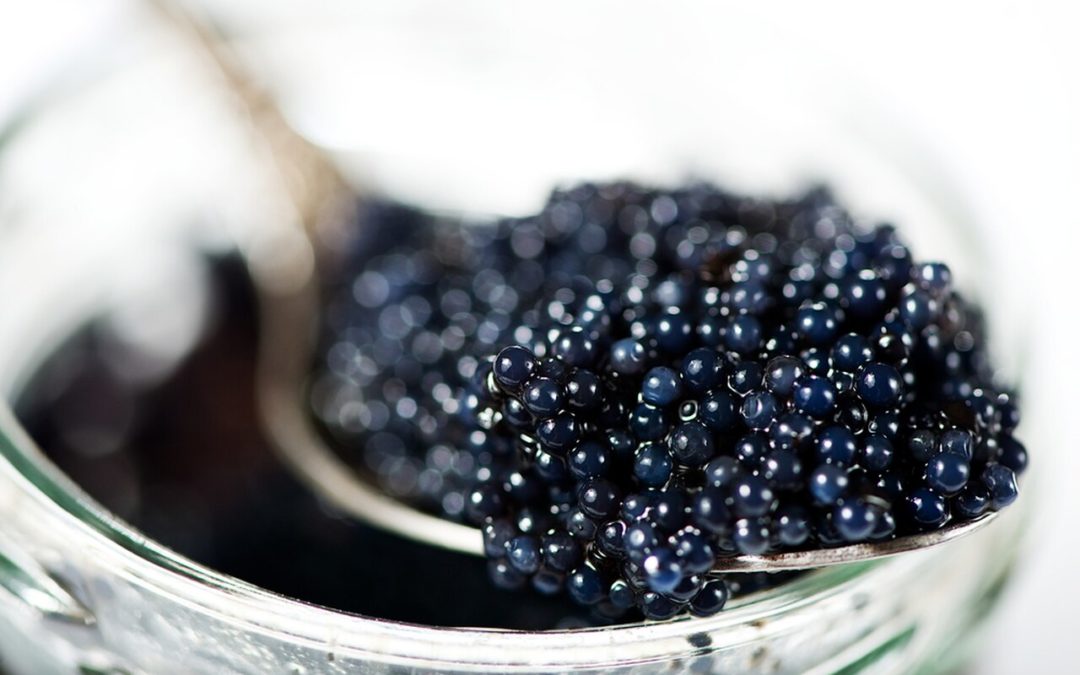
Osetra vs Beluga Caviar
In an anonymous comparison of Osetra vs Beluga caviar with only taste and no price points to consider, it may be difficult to pick a winner. Fortunately, there is no real need to compare since some very basic variables like availability and pricing mute the Osetra vs Beluga caviar competition for most consumers. Nevertheless, since dining on caviar can be one of the most decadent culinary experiences, it helps to identify which caviar product is most satisfying to your palate and wallet.
In the last decade or so, there has been a definite toss-up between Beluga vs Osetra for avid caviar connoisseurs and chefs alike, as to which caviar offers the best value. But whether it comes down to an Osetra vs Beluga challenge or not, sampling the taste of these and other caviar brands is the only way to definitively choose or to decide if there is even a reason to choose one over the other.
About Ossetra Caviar
Next to the Beluga and Sevruga brands, Ossetra caviar rank as one of the most exquisite caviars in the world today. The diversity of Ossetra caviar relative to the taste profile, size and color of the beads can make each dining experience unique. The variances in the flavor of Russian Ossetra caviar is often attributed to the fact that the Ossetra sturgeons adapt to irregularities in their environment that ultimately influences the taste of the eggs. In comparison to the more delicate Beluga pearls, the roe of Osetra sturgeons are smaller, firmer and can range in color from shimmering golden hues to varying shades of brown. This succulent caviar also provides consumers with a complex array of rich flavors.
Stability, in so far as growth patterns and appearance is concerned, has been part of the reason caviar harvested from Ossetra Sturgeons have retained their value. The ancient Ossetra population is classified as a prehistoric mammal that has not evolved relative to their life span, size, weight and body composition. The name Ossetra also referred to as Oscietra, Osetra and Asetra is a transcription of the Russian word “осётр” which in English translates into sturgeon. However, the name Osetra refers specifically to the Acipenser gueldenstaedtii species but is used loosely for other sturgeons such as Acipenser Baerii sturgeons or Siberian sturgeon and the Amur Osetra which are farmed in the Amur River that flows on the state border between Russia and China. Today, the Siberian Sturgeons can be found in habitats all over the world due to their ability to adapt and flourish in a range of environments.
Beluga Caviar
Authentic Beluga sturgeon caviar is famous for its history, relative obscurity and exorbitant price tag. Any Beluga caviar aficionado will however defer solely to the depth of flavor produced by the exceptionally large eggs of the Beluga Sturgeon as the reason for their celebrity status. Despite its size, the Caspian Beluga caviar pearls are described by harvesters as the most delicate of all caviars. Whatever the reason for its popularity, Beluga caviar is globally, the most expensive luxury food available today. At a starting cost of $3,500 per pound, lovers of this rare delicacy have reportedly paid as much as $34,000 for little over two pounds of caviar that is produced by the Beluga albino sturgeon.
Unfortunately, based on information from the International Union for the Conservation of Nature (IUCN) approximately 90% of the Beluga Sturgeon habitat has been destroyed due to overfishing, environmental pollution generated by construction of irrigation channels, dykes and hydro-powered dams. The impact on the Beluga sturgeon population has been so extreme that various bans prohibit theimportation and sale of Beluga caviar. In fact, since 2005, caviar and other gourmet products made from the Beluga Sturgeons has been prohibited under the U.S. Endangered Species Act. Scientist also estimate that even with protection laws, recovery of this specie can take over a hundred years due to their low population and slow reproduction rate .
The challenge to find alternatives to elusive Beluga caviar however, has not been unsuccessful. In fact, it has initiated significant changes in the way this valuable fish species and other sturgeon populations are raised, harvested and prepared for consumption. In addition, it has expanded the palate of many beluga caviar gourmands. Whether they have been coerced to sample other types of caviar because of budget, environmental conscience or inaccessibility, many are able to compare and enjoy without prejudice other equally delectable and less reclusive caviar brands.
You can experience the best imported and domestic caviar and gourmet foods from around the world when you visit House of Caviar and Fine Foods online store. This is a great opportunity to explore a variety of caviar and other gourmet fare. Also, follow House of Caviar and Fine Foods on Facebook for delicious recipes and more ideas on ways to incorporate these delicacies into your lifestyle.

